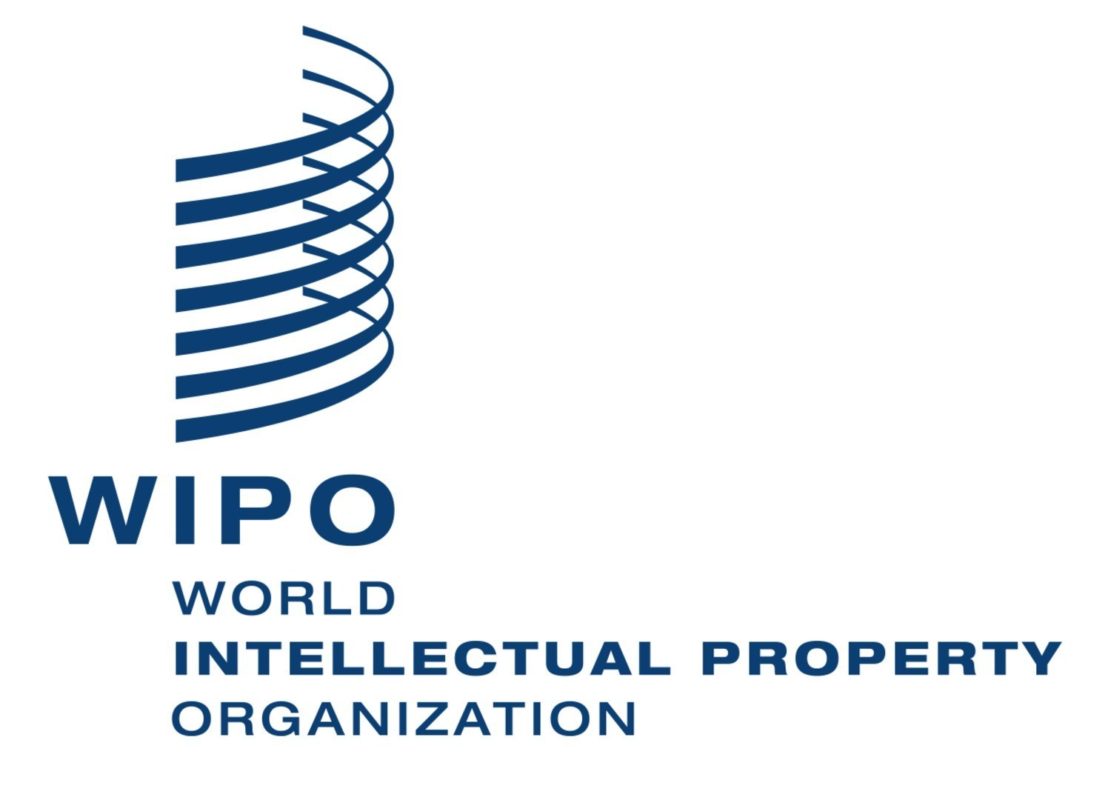This article is written by Shruti Mishra; she is pursuing B.A.LL.B. (Hons.) from IIMT & School of law affiliated to Guru Gobind Singh Indraprastha University, Delhi.

Introduction
Intellectual property is any conception and creation of the mind, it can be innovation, literary, art, design, symbol, mark, term, picture, music, sign etc., which is used in the business. An Individual or company can have IP Rights. The law protects such property by trademark, copyright, patent etc. which is how people earn financial advantages and recognition by innovating and creating things. All rights that the person obtains from the forming their intellectual property are known as Intellectual Property Rights.
Intellectual property system creates a common interest for the innovators and the public and also pushes the growth of creativity and innovations. All these laws that protect such innovation and creativity, such collection of law is known as Intellectual property law.
Does Intellectual property need to be Protected?
Nations safeguard intellectual property for a few main reasons-
- To provide ethical and economical rights, a legal expression i.e. rights to the creators in their creations and give the public access to those creations.
- To encourage competition and development which is one of the goals of the Government policy and promote the practices of fair trading.
The Intellectual property law’s object is to protect the makers and other creators of intellectual property, it grants the creator rights for a restricted time in order to regulate the production of their property. A lot of companies spend money on the research and development programmes to develop or innovate the product or service and get some skin in the game with the competition. The consumer benefits from such competition, consumers get the latest technologies at a competitive price point which is a win-win situation. If in any case, such protection is not there, the investors will not be willing to invest in the R&D, which will neither benefit the creator or the consumer.
What’s the objective of Intellectual property law?
The objective of Intellectual property law is to boost or encourage the creation of various intellectual property for the public, Intellectual property law provides rights to the creators for their creation for a limited time and that way the innovators have the benefit over their creation.
Protection against Duplication- The Intellectual property is intangible and that creates more issues when compared with the traditional property. A creator of information or an intellectual property can’t do much in order to halt their innovation to get duplicated and being sold at a cheaper price point ultimately affects their sales. The Intellectual property right gives the creator absolute protection and looks at the intellectual property just as another variety of traditional property, by implementing its law.
Types of Intellectual Property
- Copyright

Copyright laws protect the original creation of the innovator e.g. art, writing, movies, software, images, dance, music etc. A minimum requirement is required to get copyright protection. The scope of protection depends on the timeline of the work created or publishes.
- Trademark

The trademark includes names which all the brands use, logos, slogans and others which helps identify, verify or differentiate among the products and services in the market. These are safeguarded under the trademark laws. Contrasting to copyright, trademarks are safeguarded based on factors which include consumer’s consciousness of the trademark, nature of facility or product or the geographical area in which the trademark is used.
- Publicity Right
The Right of Publicity protects the images and a person’s name, if there is any unauthorized use of any image or any person’s name for business purposes, these laws give protection against such practices, e.g. the use of your picture on a product for advertisement.
- Trade Secrets
Trade secrets are sensitive business information and there are certain trade secret laws which give protection such information, e.g. a private marketing deal for the introduction of a new product line or the secret formula for a brand-new line of beauty products. Such information is only protected by the law if it provides the business with some benefit over its competitors, it’s kept back as a secret and competitors are unaware of that information.
Is Intellectual Property Protected?
Intellectual Property has been the matter of a lot of litigation in the current modern and digital world because it is easier to snip or duplicate or infringe any person’s intellectual property. Hence, it is very important to safeguard our intellectual property and keep it protected.
There are so many state laws across several jurisdictions to protect an entity’s or person’s intellectual property which is within that state’s jurisdiction. In India, there are regulations and laws such as the Copyright Act, the Trademarks Act, Patents Act and the Designs Act etc. that are for the defence of a person’s or entity’s intellectual property. The innovator or creator can claim for the entitlement or right for their intellectual property under these laws which are under the jurisdiction of various states.

These laws have been implemented and supplemented internationally by the international institutions e.g. WIPO (World Intellectual Property Organization). It aims to create a pleasant-sounding or peaceful place for intellectual property on an international level. It has been administering numerous international treaties, conventions, agreements etc. among the nations.
Case laws
- Anand Bhushan v. Union of India
In this case, the constitutionality of copyright Rules,2013 was challenged. These rules lay down how copyright societies can frame their tariff schemes and in which the tariff schemes can be challenged etc. It was argued, rules were beyond the scope of power delegated to the government which is mentioned under Section 33A of the Copyright Act. The Court, upheld the constitutionality of the Rules, saying that the Rules did not derogate the parent legislation.
- The Indian Performing Society v. Vodafone Idea Ltd
The two main issues in this case were:
- The nature of the “right to receive royalty” accessible to authors of musical and literary works and;
- Against whom this specific right can be used and the enforcement machinery for ensuring the same.
The right to receive royalty is not a limited right under Section 14 of the Copyright Act. The Calcutta HC directed Vodafone to deposit Rs. 2.5 crore in a copyright infringement suit.
- Bayer Corporation Vs. CIPLA, Union of India, (2009)
Bayer’s drug was granted a patent and he wanted to exercise all the rights of a patentee under section 48 of the Patent Act, CIPLA’s drug “SORANIB” as a substitute of Bayer’s drug which led to conflict. Bayer Corporation filed for a writ petition to stop the market approval of “SORANIB” by the DCGI under the Drug Act, Bayer stated that the application of Cipla’s drug was an infringement of Bayer’s patent. However, the High Court dismissed the writ petition which was “challenging the grant of compulsory licensing” and gave the judgement in CIPLA’s favour and besides it imposed a fine of Rs. 0.6 Million to dodge any future attempts.
Reasons for dismissal of the writ petition:
- “Patent Linkage”- Nature of the Patent rights to be converted from private to public by the regulatory body.
- The measures for protecting the Intellectual Property are good for the investor’s who invest in R&D but on the other hand, the generic competition is discouraged in the market as the lack of accessibility becomes a problem for a large portion of the public.
- If the drug is priced at a very high price point which makes it hard to afford for the public. Therefore, the nature of patent rights is changed for the benefit of the public. The patent holder can ask from the generic drug manufacturer to pay a royalty for manufacturing the patented product.
- Novartis v. Union of India, (2013)
Novartis entity applied for patent one of its drugs. The Supreme Court did not allow their application as it believed that mere just a discovery of a drug which already exists will not be considered as invention and in order to claim the rights, the Novartis’s drug had to qualify the test of therapeutic efficacy that cover additional changes to the existing drugs but unfortunately it couldn’t pass the test. Hence, the Supreme Court upheld the interpretation of the Indian Patent Act for the grant of pharmaceutical patents.
International position of Intellectual Property Rights-
International intellectual property law is a field of numerous agreements, which are the consequence of the coordination of state laws of countries. Intellectual property has become an important zone with a lot of litigations, especially in the space of patents, copyrights and trademarks. Many of these latest and cutthroat matters of intellectual property are directed on an international magnitude via WIPO (World Intellectual Property Organization).
Intellectual Property has no proper definition even though it is used very commonly and frequently, it could be known as a “creation/production of the mind”, such creation could be the trade name “Nike”, a record of rum recipes or the design/interior of a bar/restaurant etc. Intellectual Property law protects such ideas/ product/creation, some ways of protection are patent, copyright, trademark, trade secrets etc. Some other divisions of intellectual property law include publicity rights, ethical rights, misuse, unfair competition, certain geographic representation of a creation’s origin, record protection, licensing etc.
Intellectual property in developing and developed countries–
Countries with strong Intellectual property Rights are U.S, Common Wealth Nations, European Union members, Japan, South Korea, Singapore. They’re all enabling the innovation or creation worldwide and they need to increase their efforts to build a strong international framework of Intellectual Property rules, regulations, norms etc. because the Intellectual Property is intensely divided between the developed and the developing nations, which was set by being a signatory to Trade-Related Aspects of Intellectual Property(TRIPS) Agreement at WTO.
Intellectual Property challengers make false arguments to misleadingly show it as a way to benefit the big corporations/entities and developed nations at the cost of freedom of an individual, the circulation of ideas and development in developing countries is to just capitalize on world-wide innovation. Hence, it is necessary for the international community to have a solid and comprehensive harmony/agreement on the standing of Intellectual Property to every nation, be it developed or developing.
Nations with strong Intellectual Property rights should work collectively with the aim to defeat their rivals and prove that the Intellectual Property can be the medium of worldwide advancement and it can toughen the international basis of Intellectual Property regulations and rules. There has been a huge change in intellectual property law and policy in most of the countries and such enormous change can give fuel to a gradual intersection of Intellectual Property Rights with international trade. Such intersection can be witnessed in the cross-border exchanges of goods, services and capital.
Conclusion
Intellectual property is “creation of the mind” which makes it difficult for the creator to claim rights but it is considered as a branch of the traditional property like land because it can be protected by several state laws which safeguard such property from duplicating. The creator of such property gets a benefit for the innovation, individual can earn economic advantages and recognition for the creation as well. This ultimately encourages creativity and growth of competition in the market among the big corporations, they want to create something unique to get an edge in the market when compared with their competition e.g. the rivalry between Pizza Hut and Dominos or between OLA and Uber.


After looking at the numerous aspects of trade and intellectual property, it is very clear that there are still a few voids to be covered and protected when it comes to trade and Intellectual Property. There are several ways to alter the international regime which will ensure better unity between intellectual property and international trade.
References:
https://info.vethanlaw.comhttps://wto.org